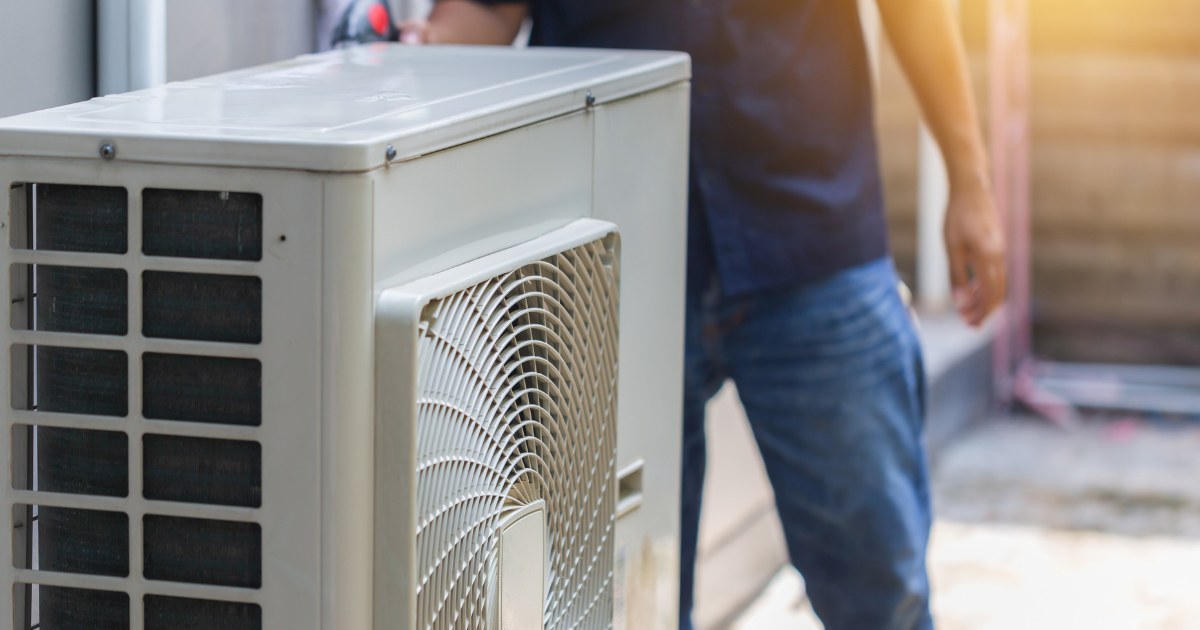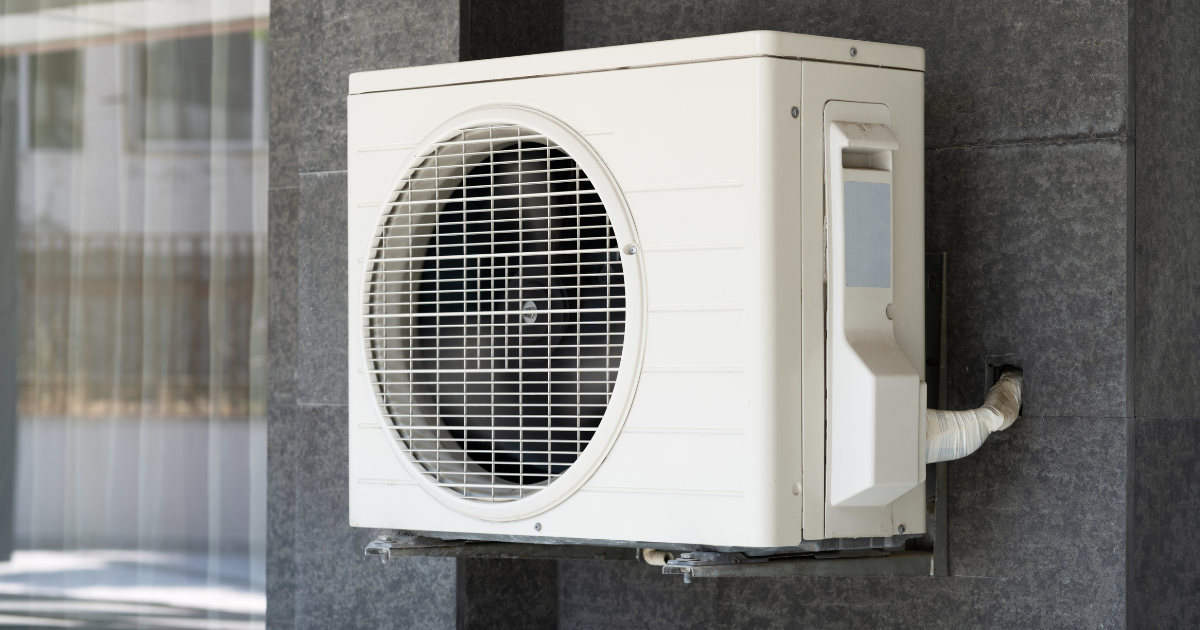Why is the air in your home worse than outside?
While you may not be an expert in air quality and ventilation in your home, it’s important to understand the ways in which airborne pollutants and contaminants can affect your health. According to the environmental protection agency, the air quality indoors could be up to five times worse than the effects of pollution outdoors. After common activities such as painting or applying adhesives, the air quality of an average home can become even worse, leading to severe short-term and long-term symptoms.
If you’ve begun to notice discomfort in yourself or your family members, it could be a sign that poor air quality is actually damaging your health – in which case, you need to take steps quickly to resolve the problem. Not only can improving your air quality ensure better comfort and wellbeing for everyone within your home, but studies suggest that improved air quality also contributes to enhanced productivity and development.
So how do you know whether you need to address air quality in your home?
Symptoms to Look For
If you’re suffering from the symptoms of air pollution, health problems may present themselves in a number of ways. Watch out for the following issues:
Congestion
While having a cold is never fun, poor indoor air quality can cause congestion to linger for longer than it should, leading to wheezing and chest discomfort over time. If you think you have a cold, but notice that your symptoms seem to ease when you leave the house, this could be a sign that you need to improve the air quality in your home.
Allergies
People often attribute allergy problems to a change in weather patterns or seasons, but they could also be a sensitive reaction to contaminants lingering in your indoor environment. Many people suffer with allergies linked to dust, pollen, and other irritants – and these materials can be more concentrated in enclosed locations than in outdoor spaces, leading to congestion, headaches, watery eyes, sneezing, and coughing.
Headaches
Headaches can also be an indication of poor air quality. Sometimes, headaches occur because your body is struggling to take in the right amount of clear air; even if you have no trouble breathing. Headaches can also occur as a result of carbon monoxide poisoning – so if you feel sleepy and have a headache at the same time, it might be time to get outside of the house.
Lethargy
Bad air quality in your house can make you feel sluggish when you’re inside. If walking outside into the fresh air helps to give you energy or perk you up, this could be a sign that your house needs better air flow. Some studies suggest that the air quality in your home could also affect your quality of sleep, increasing your chances of feeling tired throughout the day.
Nosebleeds
Particles in poor-quality air can irritate the sensitive hairs in your nose, causing it to bleed. If this happens, a solution could be to simply change the filters in your HVAC system or open up more windows.
While some effects are mild, contaminants like toxic mold spores, asbestos, and other hazardous chemicals may have a far more extreme impact on your health. See a doctor immediately if you notice any of the following symptoms:
- Nausea
- Rashes
- Dizziness
- Vomiting
- Chills
- Muscle Pain
- Hearing loss
- Shortness of breath
How Does Air Quality Become Unhealthy?
Various factors can contaminate the air in your home. Often, chemicals and materials in the home emit particles and gases that aren’t removed by low-quality ventilation and circulation systems. No matter what kinds of effects you’re feeling, improving the air in your home should be a priority for every homeowner. Unfortunately, it can take a long time for people to recognize the link between their health symptoms and poor indoor air. Often, people are harmed so subtly by their indoor air, that they don’t even notice the connection.
There are a number of ways you can improve air quality in your home, from installing new filters in your HVAC to investing in new devices and systems responsible for removing gaseous and solid contaminants from the air. It’s also important to make sure that your home is well-ventilated, as a poorly ventilated home can hold pollutants inside.

Bob Jenson
For over 45 years, Bob Jenson has been providing quality heating and air services to the San Diego community.
Request Service
Please fill out the form below to request an estimate or schedule service.
"*" indicates required fields







